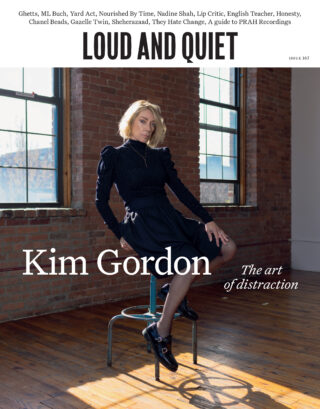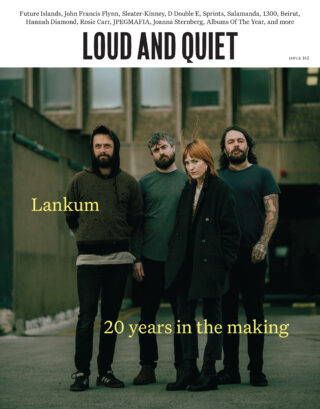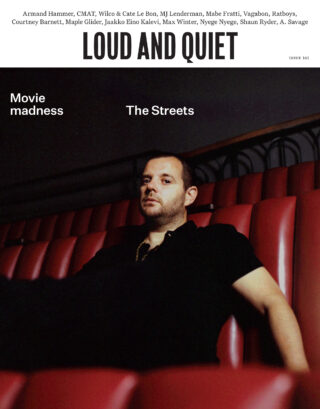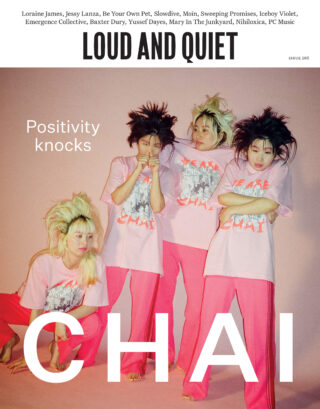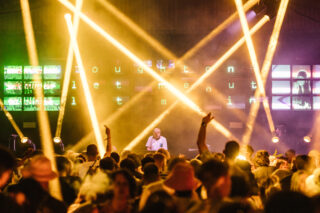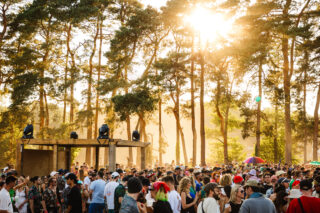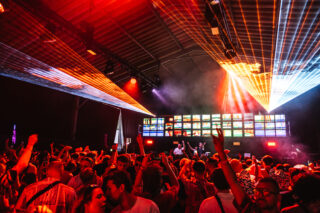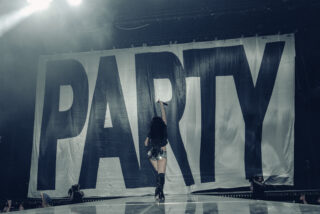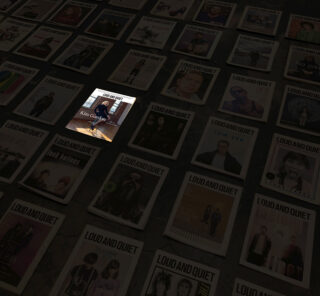It’s no secret that the pandemic was tough on nightlife. This summer was awash with headlines about nightclub closures in the UK: one in five establishments have closed their doors for good, with the government’s consistent undervaluing of the arts scene sounding the financial death knell to so many. Notably in the capital, Southwark Council recently announced that Printworks – Rotherhithe’s 6,000-capacity venue and stalwart of the electronic music scene since 2017 – is set to close, too, despite a 10,000-signature strong petition being launched in protest.
Printworks is now to be redeveloped as offices and shops as part of the ‘multi-billion-pound Canada Water masterplan’ – though depressingly, this wasn’t a COVID closure, but part of the plan all along. In the report by council officers, ‘the events use was initiated as a short-term interim use… it was never intended to be a permanent use of the site’. If I were more cynical, I’d say that developers used the club to put the area on the map for a certain demographic of people, propping up the area with life and noise and cash until the new flats are ready: at which point, if they can afford it, they might even be prepared to pay top dollar for a new-build there. Maybe.
There’s something about this that feels oddly apt for the dance music scene today, as we emerge from a pandemic that made proximity to others so dangerous; that made the intimate, anonymous thrum of other bodies in a crowded room that’s so vital to the late-night economy, actually illegal, coupled with a government that refused to acknowledge its worth. Adding to this sense of the uncanny this year was the news that Peggy Gou – first ever Korean DJ to play Berghain, merch maven, and once herself a feature of the Printworks stage – partnered with Magnum (yes, from the ice-creams) and Kylie Minogue (you know the one) to remix Minogue’s 2001 hit, ‘Can’t Get You Out of My Head’. There’s no getting around the fact that electronic music is Popular Now, Actually.

This is the landscape into which Houghton Festival returned after a three-year hiatus. Launched in 2017 by Craig Richards and his team, Houghton quickly established itself as a major player in the festival circuit. After making a name for itself through unwavering commitment to sound quality, a line-up comprising some of the biggest names in electronic music, and the option to dance (should you want to) for a full 24 hours a day, expectations were high. This year, with a capacity of around 12,000 (scaled up from 2017’s 5,000), there was a sense in the air of release: years of anticipation finally coming to an end.
It’s a beautiful space to hold a party. The grounds of Norfolk’s Houghton Hall estate, coupled with the Houghton team’s light installations and design flair, make for a gorgeous backdrop to the weekend. The sense of artistry continues in the art tours that the festival puts on, with delightfully kitsch, toy-like trains running from the festival site to shuttle us to see works by sculptors from Turner Prize-winning Rachel Whiteread, to a truly showstopping James Turrell piece. When we asked who owned this place, and how it was that they let a festival take over the grounds for a weekend, we were told that ‘Lord Cholmondeley is really committed to art’. Seshlord Cholmondeley, I thought, and laughed.
